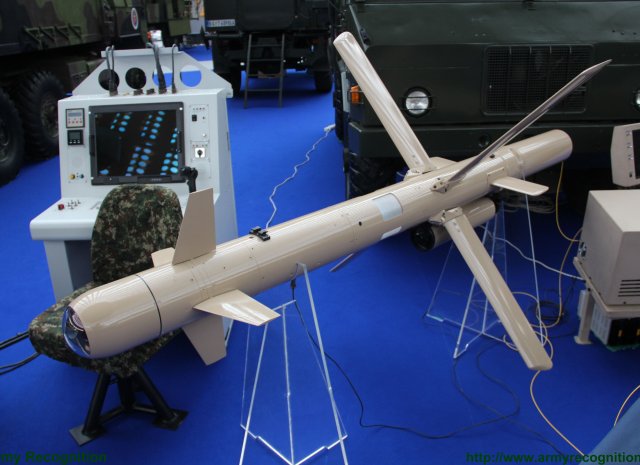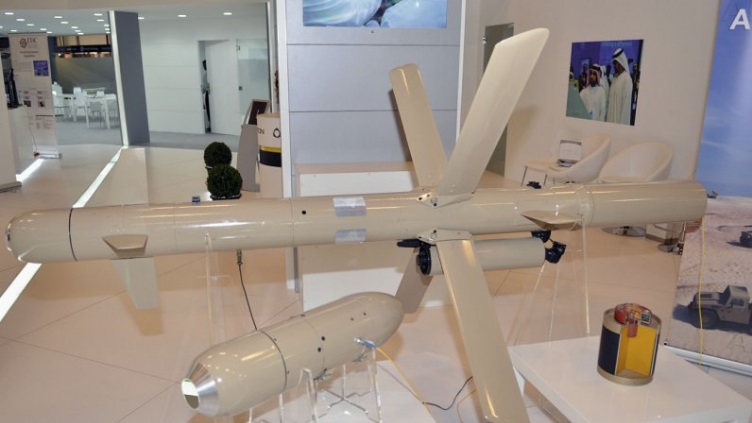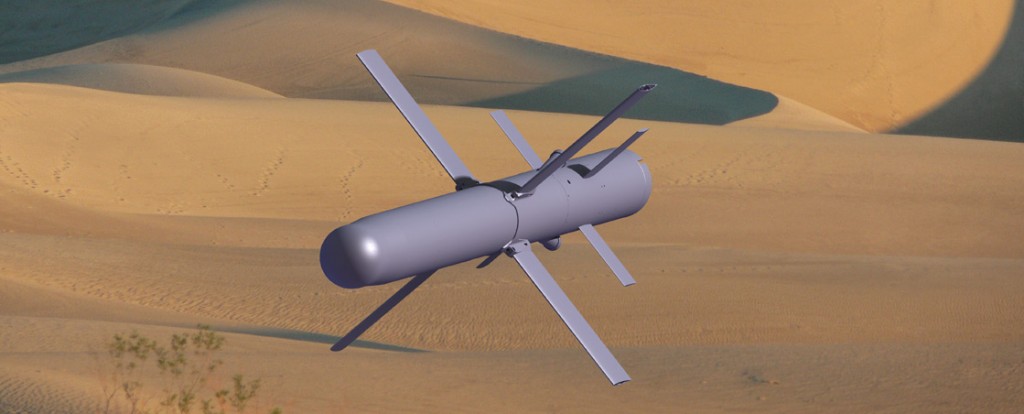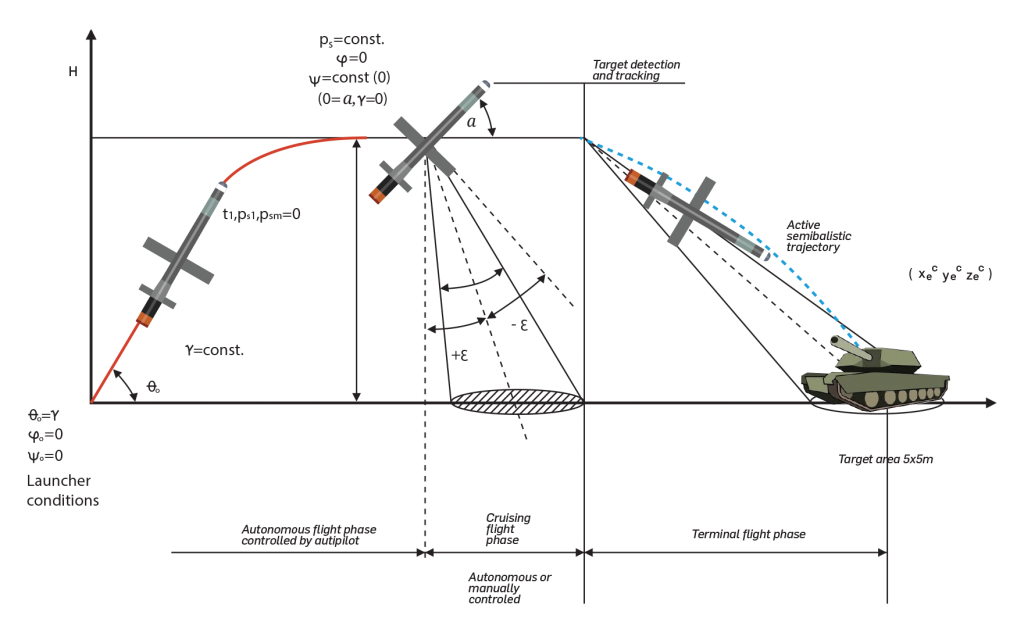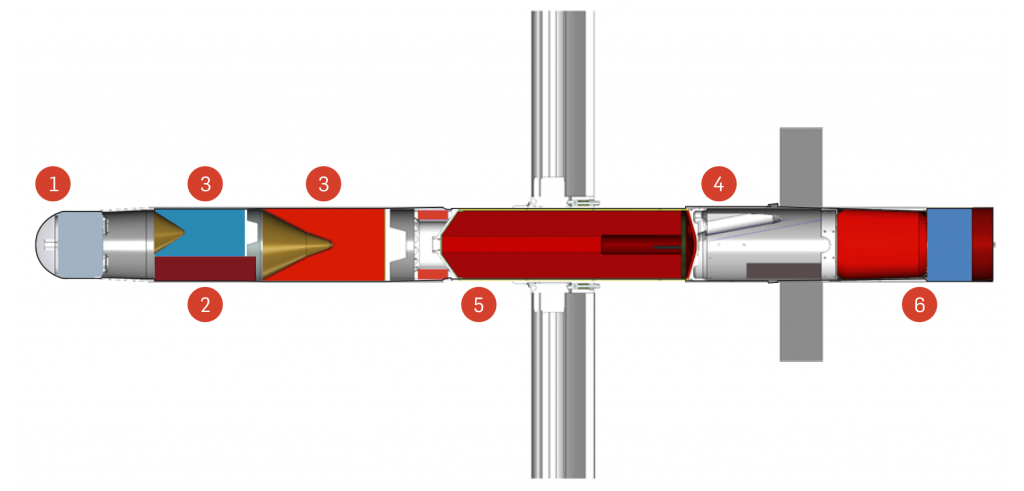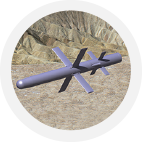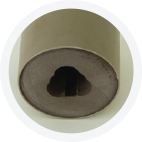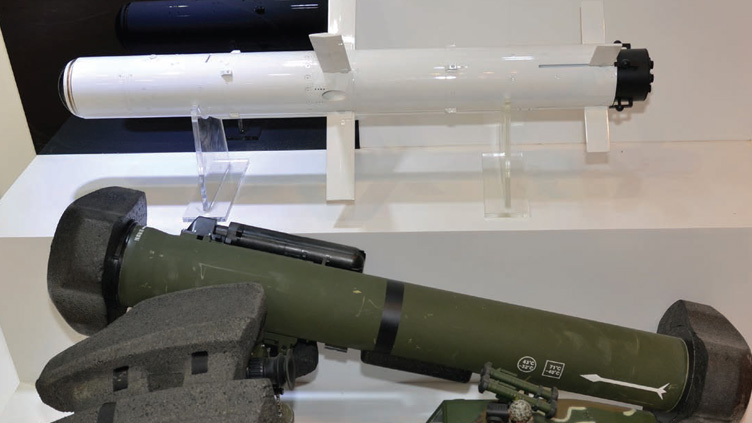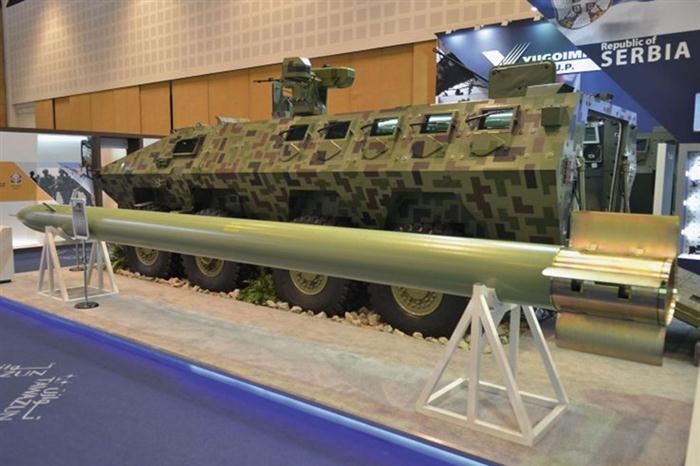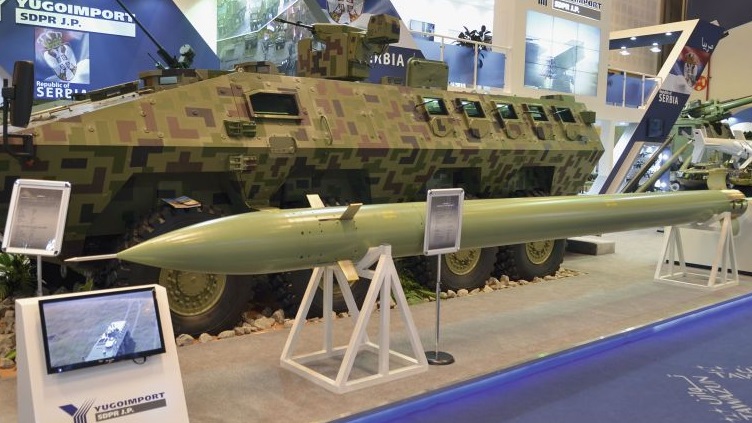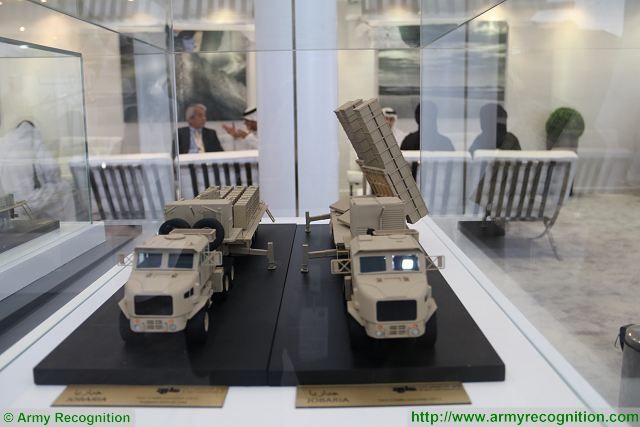هنا اضافة وتوجد فيها صورة للرادار ( كبطارية متكاملة )
Alas / Lorana family of long range anti-tank missiles of YugoImport at Partner 2013.
The ALAS/LORANA family of long range missiles belongs to the category of modern prospective systems of long range guided missiles guided without any visual contact between the operator and the target. The system of guidance of all types of missiles belonging to this family of missiles is based on the application of inertial navigation system (INS) in the mid part of the trajectory which provides for flight against the trajectory planned during preparation of the mission using favorable geographical conditions of the terrain shown on digital map on the console of command information system (CIS) in mission operative center.
The self-propelled transport, launching and guidance system (TLG) of ALAS missile at Partner 2013, International fair of armaments and defence in Belgrade, Serbia.
TV guidance consisting of CCD TV/ thermal image camera and two-way data transmission system based on optical cable coiled around the pulley installed in the rear part of the missile which provides for the operator to carry out reconnaissance of the terrain, select the target and terminal self-guidance. Rocket propulsion of LORANA is based on missile engine using solid fuel which provides for the range of 9 km, while ALAS system uses turbojet engine which provides for effective ranges of 25 km and even 50 km, depending of the applied technical solutions of the subsystems, primarily the capacity of the fuel tank and the length of the optical cable.
The design of the system provides for its integration with different army, navy and airborne platforms, as well as engagement of wide range of moving and stationary' dotted land targets and sea targets, and above all engagement of vital targets deep behind the enemy line.
The self-propelled transport, launching and guidance system (TLG) of ALAS missile is developed in the form of a launching module mounted on a wheeled or tracked vehicle chassis and a missile guidance panel integrated in the vehicle cabin.
The launching module consists of a cradle which is movable in traverse and elevation with the electro-mechanical transmission onto which the transport and launching containers are mounted.
The command and information system (CIS) console and TV monitor for missile guidance are built in the operator's colmmand panel. On his CIS console the system operator receives the designated targets with missile trajectories displayed on a digital map as well as the command for engagement.
After launching the missile, the operator guides it by means of a joystick and a two-way device for data transmission (data link) based on the optical fiber, using the given trajectory and TV/thermal imaging of the target zone generated by the homing head cameras which is displayed on the monitor, until the target has been identified and locked, at the maximum distance of 25 km. In the course of the missile guidance, the operator can change the target and abort the mission by himself.
Battalion battery command post of the ALAS missile system at Partner 2013.
Battalion battery command post of the ALAS missile system is developed in the form of a container type module which is mounted on a wheeled or tracked chassis vehicle.
The command post is equipped with the target observation and tracking system which is carried out by means of the opto-electronic multi-sensor platform and
radar, and the command-information system which enables the networking of the battalion battery with the higher command, as well as mission planning and target definition and designation.
من ضمن المكونات : منصة مستشعرات كهروبصرية متعددة و رادار و نظام معلومات القيادة ( يسمح بربط بطارية الكتيبة مع القيادة العليا ) و نظام تخطيط المهمة وتعريف وتعيين الهدف .
Lorana anti-tank missile at Partner 2013.
The LORANA rocket is designed for operations at distance up to 9 km on movable and non-movable armored and semi-armored targets.
The LORANA rocket is equipped with TV guidance and powered by a sustainer motor with solid propellant and connected with the launching location via optic fiber cable.
http://www.armyrecognition.com/part...es_of_yugoimport_at_partner_2013_0107133.html

